
- Begin by examining the image below whose reconstruction will be the objective of the puzzle.
- Press the Scramble button in order to mix up the tiles randomly.
- Re-assemble the tiles in their correct order by relocating the tiles in pairs. This is done by first single-clicking on a tile. Then, after single-clicking on any second tile, the two tiles will swap their positions. If you need some help, you can click on the Show/Hide Hint button to display the original image. Moreover, the Show/Hide Errors button will indicate the misplaced tiles.
- When all the tiles are back in their original locations, you will be notified.
- Finally, if you press the I Give Up! button, the misplaced tiles will be relocated to their correct position.
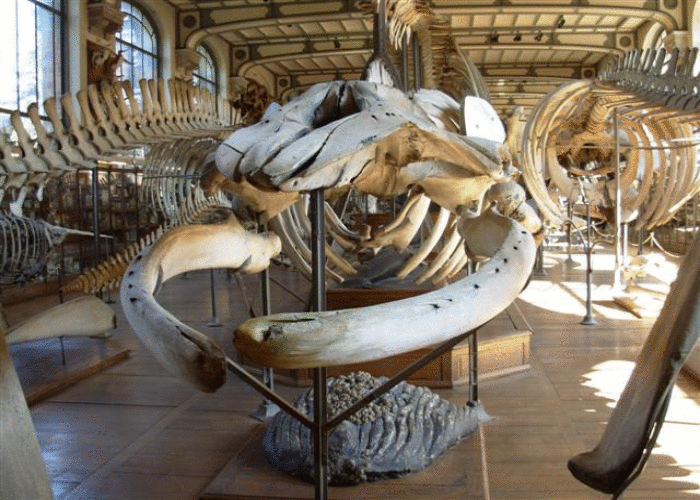
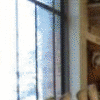
X
|
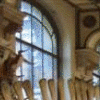
X
|
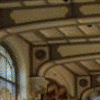
X
|
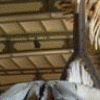
X
|
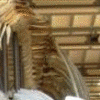
X
|
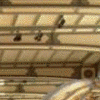
X
|
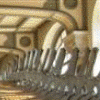
X
|
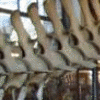
X
|
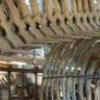
X
|
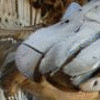
X
|
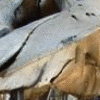
X
|
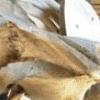
X
|
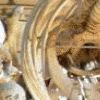
X
|
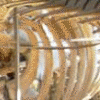
X
|
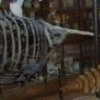
X
|
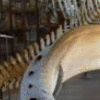
X
|
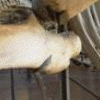
X
|
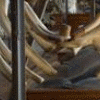
X
|
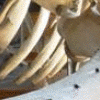
X
|
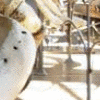
X
|
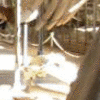
X
|
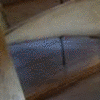
X
|
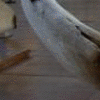
X
|
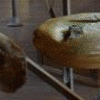
X
|
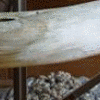
X
|
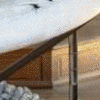
X
|
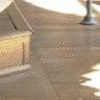
X
|
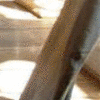
X
|
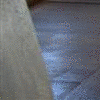
X
|
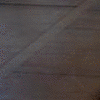
X
|
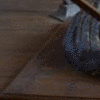
X
|
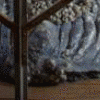
X
|
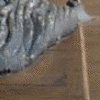
X
|
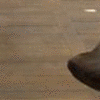
X
|
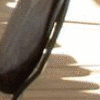
X
|
Whale (Megaptera) skeleton in the Galerie d'Anatomie Comparée
et de Paléontologie, Jardin des Plantes, Paris
September 2008
This is a skeleton of a Humpback Whale (Megaptera novaeangliae).
There are many species of Megaptera described in the literature, but the genus is currently
considered to be monotypic, that is, to consist of only one speces.
See Clapham, Phillip J., and James G. Mead (1999) Megaptera novaeangliae.
Mammalian Species No. 604. pp. 1-9. Published 5 May 1999
by the American Society of Mammalogists.
The caption for the specimen in the Galerie reads as follows:
Ce squelette de baleine à fanons fut collecté par le voyageur-
naturaliste Delalande sur une plage d’Afrique du sud où cette baleine s’était
échouée, en juin 1819. Le squelette fut décrit par Cuvier en
1823 sous le nom de rorqual du Cap et constitue ainsi le type de cette espèce.
which translates as:
This baleen whale skeleton was collected by the traveller and naturalist Delalande on a
South African beach where the whale was stranded in June 1819. The skeleton was
described by Cuvier in 1823 under the name of Cape Whale and so is
the type specimen of this species.
Delalande is Pierre-Antoine Delalande (1787-1823), one of several voyaguer-
naturalists sent out by the Jardin du Roi and the Muséeum d'histoire naturelle
to explore and bring back specimens. The voyage during which he collected this
specimen went first to the coast of Brazil and then to South Africa. He was an
assistant to Geoffroy Saint-Hilaire, another famous palaeontologist.
Cuvier is Baron Georges Cuvier (1769-1832), one of the foremost anatomists and
palaeontologists of his day. The Rorqual du Cap described by Cuvier is now subsumed
into the species Megaptera novaeangliae and is not recognized as a distinct species.
See Laissus, Yves (1981) Les voyageurs naturalistes du Jardin
du roi et du Muséeum d'histoire naturelle: essai de portrait-robot.
Revue d'histoire des sciences 34(3-4):259-317.
Acknowledgement: Thanks to Yves Beaudoin (Webpraxis Consulting Ltd.)
for coming up with the idea and developing the Perl scripts for this puzzle.
Alwynne B. Beaudoin (bluebulrush@gmail.com)
Latest update: March 30 2014